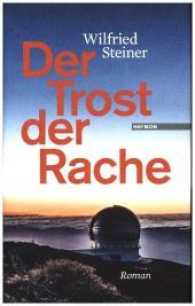- ホーム
- > 洋書
- > ドイツ書
- > Humanities, Arts & Music
- > History
- > regional history
Full Description
The Juan Fernández Archipelago is located in the Pacific Ocean west of Chile at 33o S latitude. Robinson Crusoe Island is 667 km from the continent and approximately four million years old; Alejandro Selkirk Island is an additional 181 km west and only one million years old. The natural impacts of subsidence and erosion have shaped the landscapes of these islands, resulting in progressive changes to their subtropical vegetation. The older island has undergone more substantial changes, due to both natural causes and human impacts. After the discovery of Robinson Crusoe Island in 1574, people began cutting down forests for lumber to construct boats and homes, for firewood, and to make room for pastures. Domesticated plants and animals were introduced, some of which have since become feral or invasive, causing damage to the local vegetation. The wealth of historical records on these activities provides a detailed chronicle of how human beings use their environment for survival in a newecosystem. This book offers an excellent case study on the impacts that people can have on the resources of an oceanic island.
Contents
Chapter 1. Introduction.- Part I. The Archipelago.- Chapter 2. The importance of the islands.- Part II. Modern flora and vegetation.- Chapter 3. Native and endemic flora.- Chapter 4. Introduced species.- Chapter 5. Vegetational patterns.- PART III. Three historial documentation of human activities.- Chapter 6. Discovery and early exploration (1574-1749).- Chapter 7. Colonial period (1750-1819).- Chapter 8. Early botanical period (1820-1875).- Chapter 9. Floristic period (1876-1906).- Chapter 10. Skottsberg (1907-1917).- Chapter 11. Touristic period (1918-1959).- Chapter 12. Modern period (1960-present).- Part IV. Summaries of impacts on vegetation.- Chapter 13. Natural factors.- Chapter 14. Human influences.- Part V. Conservation.- Chapter 15. Existing conservation efforts.- Chapter 16. Recommendations for the future.- Index.








